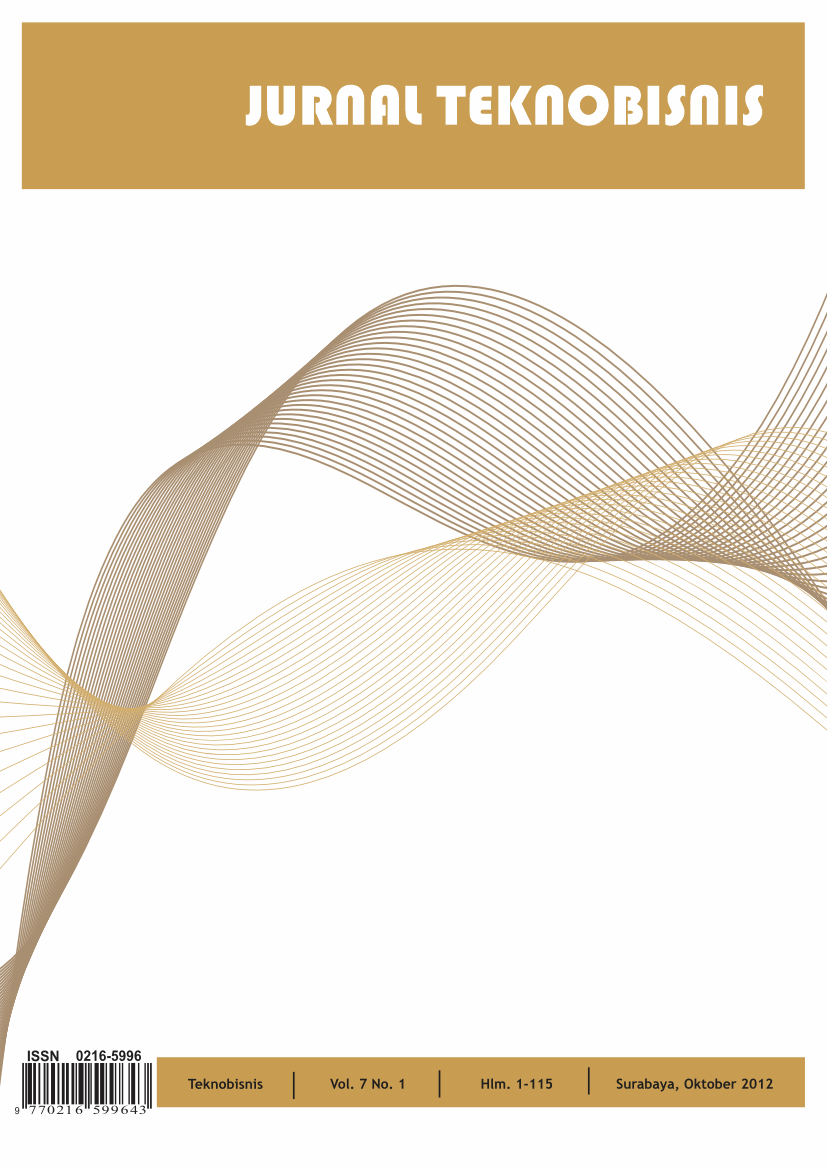Decision Making of Diesel Power Plant Hybridization Method of Selat Nasik Diesel Power Plant in Belitung Island Using AHP-VIKOR
DOI:
https://doi.org/10.12962/j24609463.v9i1.955Keywords:
AHP-VIKOR, HRES (Hybrid Renewables Energy System), MCDM (Multi Criteria Decision Making)Abstract
The selection of best hybridization methods scenario of Diesel Power Plant or HRES (Hybridization Renewable Energy System) requires not only a good analysis of techno-economic criteria but also many other criteria such as land availability, energy sources availability, and so on. Considering the complexity of criteria involved in the selection of hybridization methods, Multi-Criteria Decision Making (MCDM) is commonly used to evaluate problems with multiple criteria that often have conflicting interests. The HOMER software was used as the basis for conducting techno-economic analysis of various hybridization scenarios that would be applied to the Selat Nasik Diesel Power Plant. Then, an FGD expert was conducted to validate and determine the important criteria for selecting hybridization method scenarios. A pairwise questionnaire were filled out by 5 (five) experts, and then the criteria were weighted using the Analytic Hierarchy Process (AHP). The obtained criteria weights then used by experts to assess several hybridization scenario options, and their rankings were determined using VIKOR. In this research, 17 sub-criteria were identified and categorized into 3 criteria: Technical and Design-Oriented Criteria (Lifespan of HRES, Energy Resources Sustainability, and Potential Power Generation), Financial-Oriented Criteria (CAPEX, O&M Cost, NPV, LCOE, and Diesel Fuel Consumption), and Socio-economic and Environment- Oriented Criteria (GHG Emission, Land Acquisition, Effect on Ecosystem (Animal and Nature Protection), Force Majeure, Noise Pollution, Prospective Jobs and Economic Growth, Political and Regulatory Aspect, Public Awareness Level, and Tradition and Cultural Heritage). Top three sub- criteria with the highest weights were selected: Energy Resources Sustainability (weight 0.408), LCOE (weight 0.096), and CAPEX (weight 0.087). Scenario 1 (S1 (Diesel, PV, Battery)) was chosen as the first-rank scenario (the best scenario) followed by S2 (PV, Battery), S3 (Wind Turbine, PV, Battery), and S4 (Diesel, Wind Turbine, Battery).
Downloads
Downloads
Published
Issue
Section
License
Copyright (c) 2023 Dony Ocniza, Udisubakti Ciptomulyono

This work is licensed under a Creative Commons Attribution-ShareAlike 4.0 International License.
Copyright Transfer







